Trenchless Pipe Repair Solutions

Spring is an optimal time for repairs due to moderate weather conditions, reducing project delays.

Summer offers longer daylight hours and stable weather, ideal for completing trenchless pipe repair projects.

Fall allows for addressing issues before winter, preventing pipe damage from freezing temperatures.
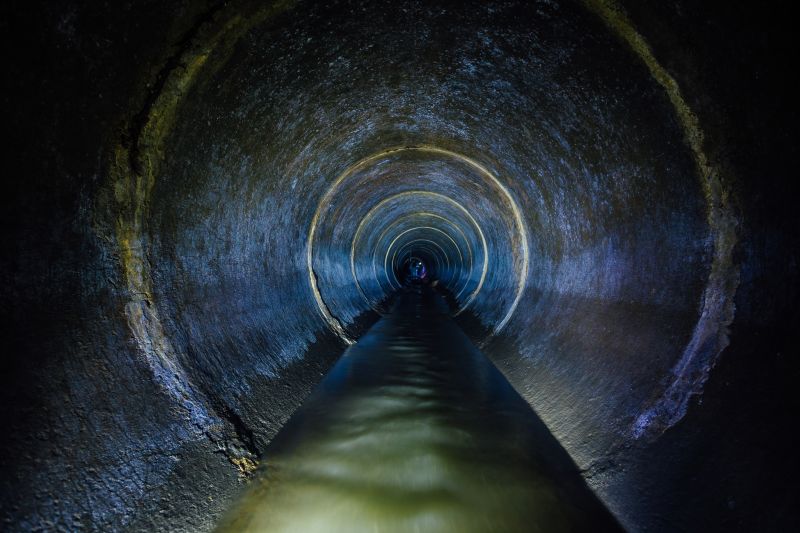
Ways to make Trenchless Pipe Repairs work in tight or awkward layouts.

Popular materials for Trenchless Pipe Repairs and why they hold up over time.

Simple add-ons that improve Trenchless Pipe Repairs without blowing the budget.
Trenchless pipe repairs are minimally invasive methods used to fix underground piping issues without extensive excavation. This approach includes techniques such as pipe lining and pipe bursting, which significantly reduce repair time and surface disruption. These methods are suitable for various pipe materials and sizes, offering a cost-effective and efficient alternative to traditional excavation. According to industry statistics, trenchless repairs account for over 60% of underground pipe repairs in urban areas, highlighting their growing popularity.
They reduce surface disturbance, shorten repair times, and minimize excavation costs.
Trenchless methods work best in areas with limited access, underground obstructions, or sensitive landscapes.
Leaks, root intrusions, corrosion, and pipe collapses are typical problems repaired with trenchless techniques.
Scheduling repairs in favorable weather conditions and ensuring access points are clear can improve project outcomes.
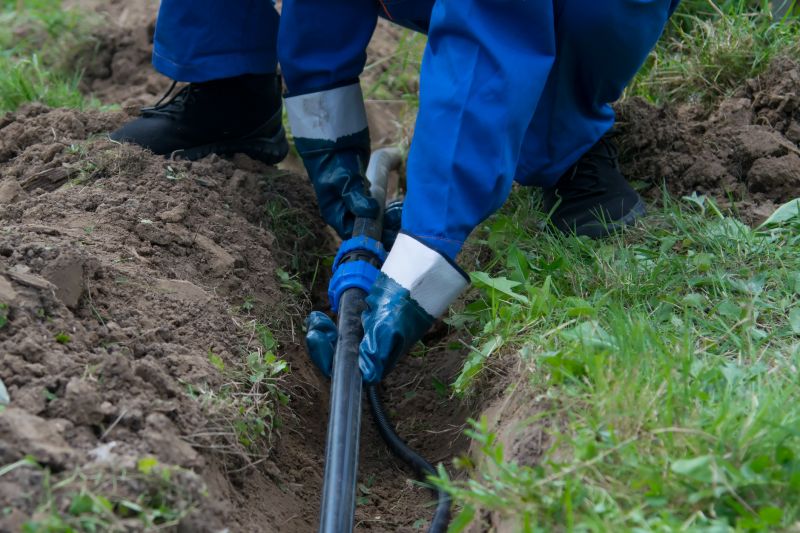
Specialized tools facilitate pipe lining and bursting with minimal surface impact.
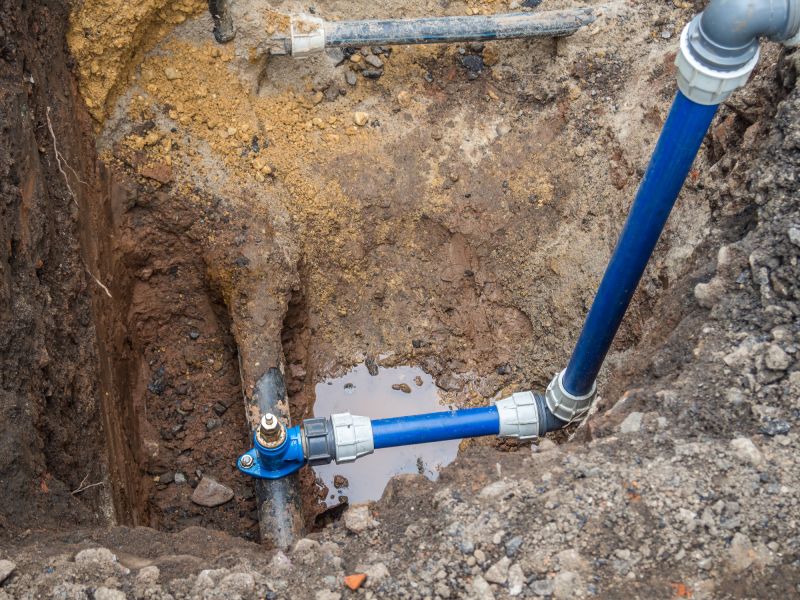
Images illustrating pipe condition before and after trenchless repairs highlight effectiveness.

Technicians performing pipe lining within existing pipelines using advanced equipment.
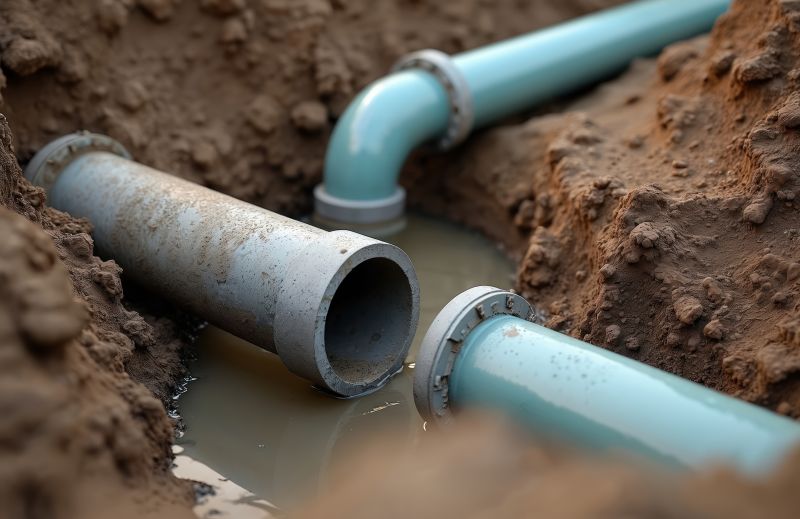
Finished projects showing restored pipelines with minimal excavation visible.
| Season | Best Features |
|---|---|
| Spring | Moderate weather, ideal for scheduling repairs |
| Summer | Long daylight hours, stable conditions |
| Fall | Prepares pipes before winter freeze |
| Winter | Less ideal due to cold and potential delays |
Choosing the optimal time for trenchless pipe repairs depends on weather conditions, project scope, and access considerations. Typically, spring and fall are preferred due to moderate temperatures and reduced risk of weather-related delays. Summer can also be suitable with longer working hours, while winter is generally less favorable because of freezing temperatures that can hinder repair processes.
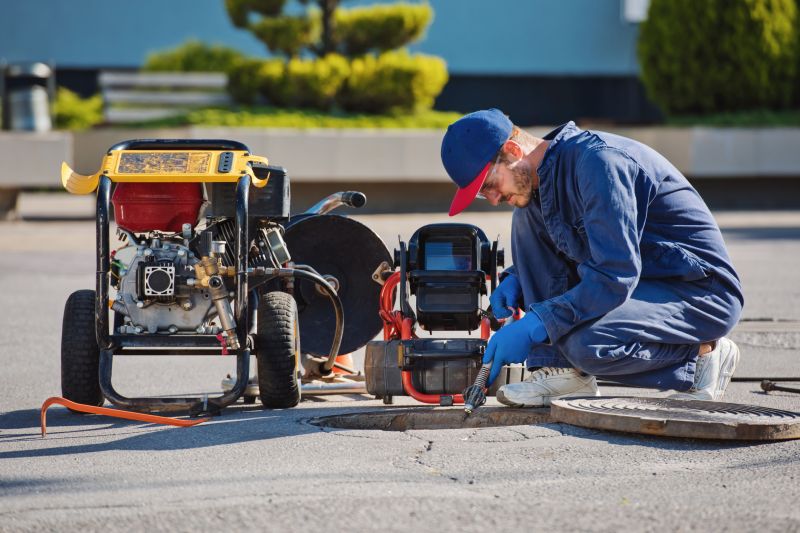
CCTV cameras are used for detailed pipe assessments before repairs.
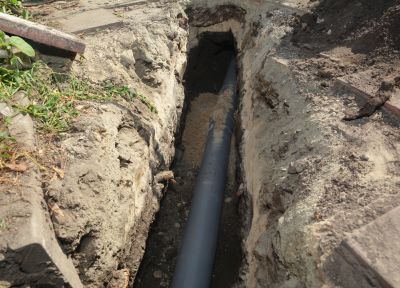
Application of cured-in-place pipe lining within existing pipelines.

Replacing damaged pipes by breaking the old pipe outward while pulling in a new pipe.
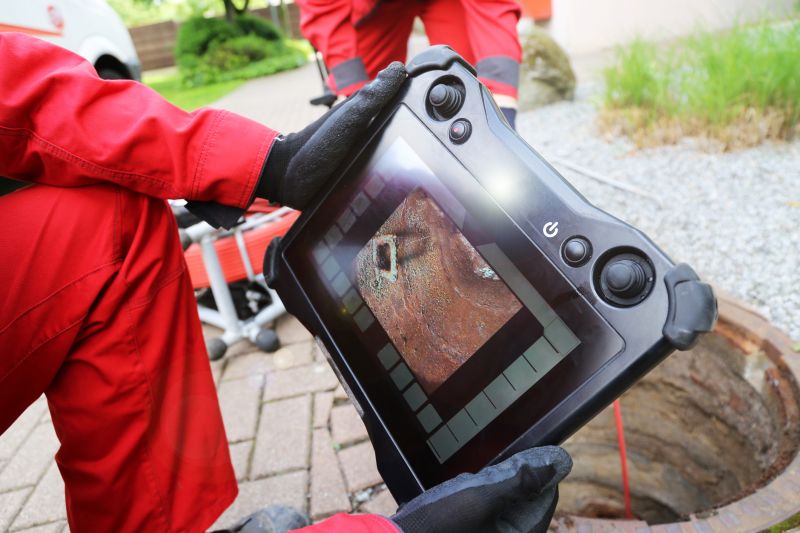
Verifying the integrity of the repaired pipe with imaging technology.
Timely scheduling of trenchless pipe repairs can prevent costly damages and service disruptions. Regular inspections and early intervention are key to maintaining underground pipeline integrity. When planning repairs, consider local weather patterns and project accessibility to ensure optimal results and minimal disruption.
